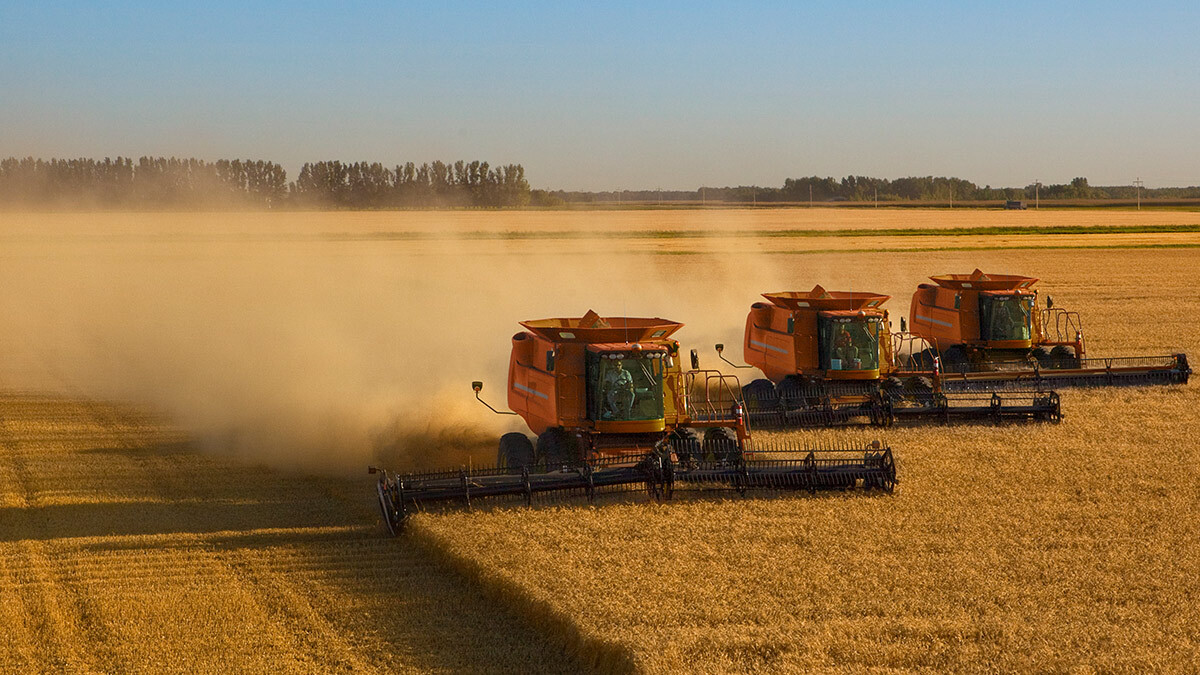Strategic Elements leverages robotics technology to address a $US34.5 billion market

Strategic Elements leverages robotics technology to address a $US34.5 billion market (Image: Getty).
Special Report: The company has a unique opportunity to capitalise on demand for weed detection in agricultural management.
Stealth technologies, a fully-owned subsidiary of Strategic Elements (ASX:SOR), continues to go from strength to strength with its advanced robotics technology.
Working with US multinational Honeywell, the company is moving towards a commercial rollout of its Autonomous Security Vehicle (ASV).
And this morning, the company announced a collaboration to address a key market in global agriculture – weed detection and management.
Agri-tech application
The new deal will see Stealth partner up with leading research group, the Australian Herbicide Resistance Initiative (AHRI), along with the University of Western Australia School of Agriculture and Environment (UWA)
The parties will work to develop the application of Stealth’s detection and capture technology – the same IP used in its ASV development – to improve agricultural management.
Looking at the addressable market, SOR said the costs of weeds in Australian cropping systems is estimated to be more than $3 billion per year.
And across the US agricultural market, those costs exceed more than $US30bn.
In view of that demand opportunity, Stealth will look to leverage the “sophisticated 3D mapping and localisation technology” already used in its ASV platform.
The technology will work to “capture and process multiple forms of data, to locate and identify weeds amongst a crop whilst a combine harvester is in constant motion” SOR said.
Partnership approach
To build out the technology, UWA provides financial support for the research component.
The initial research phase will also involve in-depth collaboration with farming businesses, who will “assist with field testing and provide direct feedback into development of the commercial solution”, SOR said.
SOR managing director Charles Murphy said the new announcement marks part of a broader strategy to pursue the application of its patented technology in multiple markets.
“Security is a huge, global multi-billion dollar market and we are successfully entering that with Honeywell,” Murphy said.
“However from an Australian domestic market context, other sectors like agriculture, logistics and mining also have immediate opportunities.”
The broader goal is to improve efficiencies in the weed-culling process, where extensive use of pesticides has resulted in many instances of resistance in weed crops.
SOR has mapped out a project timeline for the December quarter, beginning with the collection and analysis of field data from real-world farm environments.
It will then look to validate the technology by applying the Stealth 3D Mapping device onto a combine harvester during cropping.
To bolster its distribution strategy, SOR plans to develop a technology that can be fitted to existing farming equipment, rather than require the introduction of new machinery.
The company said that down the track, the use of 3D maps may become more prevalent as part of agricultural farming practices.
However, “the first fundamental step that needs to be solved is low cost, accurate weed detection and identification”, SOR said.
This article was developed in collaboration with SOR, a Stockhead advertiser at the time of publishing.
This article does not constitute financial product advice. You should consider obtaining independent advice before making any financial decisions.
Related Topics
UNLOCK INSIGHTS
Discover the untold stories of emerging ASX stocks.
Daily news and expert analysis, it's free to subscribe.
By proceeding, you confirm you understand that we handle personal information in accordance with our Privacy Policy.








